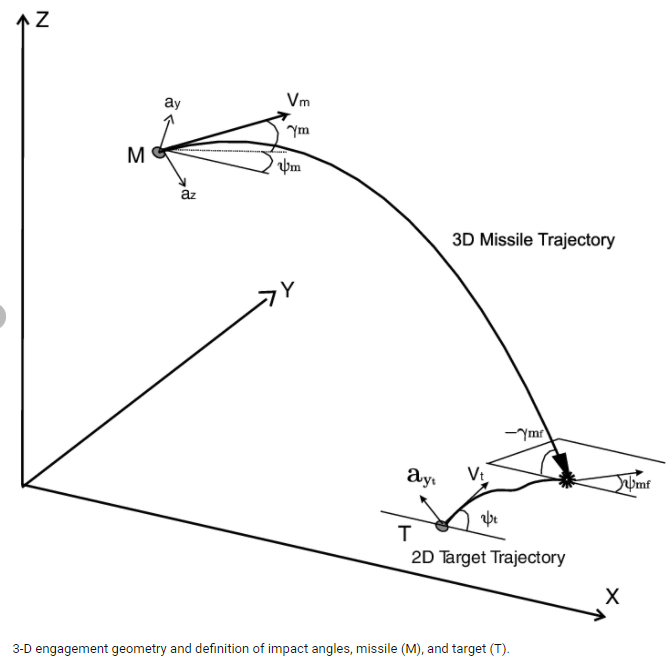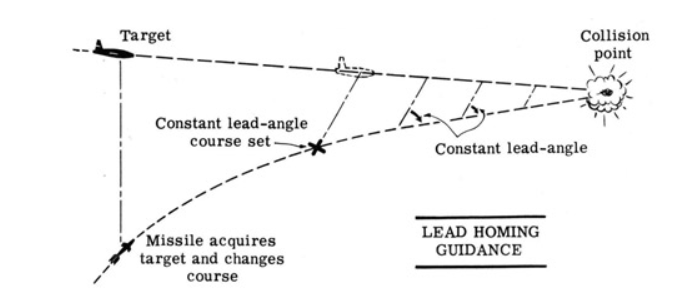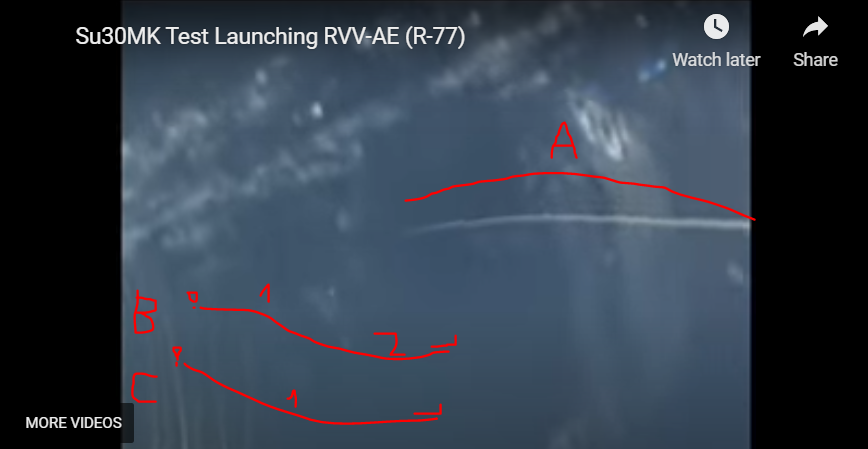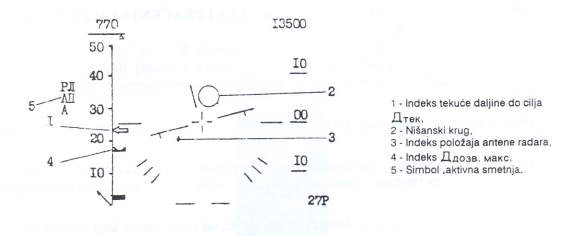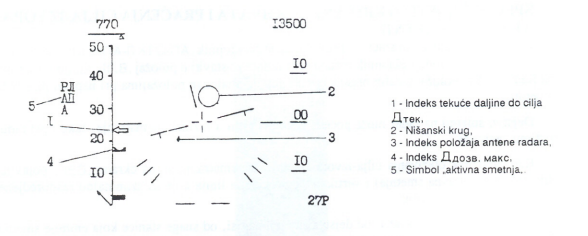-
Posts
777 -
Joined
-
Last visited
Content Type
Profiles
Forums
Events
Everything posted by FoxAlfa
-
Similar reliability can be applied to R-27 launch detection at higher range, since DL for it is projected by side lobes which are much weaker signal by default then main lobe stuff... All in all, all RWR leave a lot to be desired in DCS.... they are too perfect in range estimation, identification, target separation, clutter and saturation elimination, angle separation, jammer noise elimination, etc.... but hopeful ED will get to spend more time on them in the future.... getting them on the level of HB Tomcat would be great start.
-
In the R-77 video, target is in front and flying away. R-73 and ET used IR seekers, they tend to sidewind and overcorrect. Good video showing single curve.
-
That change in speed crates the first curve, if its speed was constant missile would just fly straight to the impact point without curving at all. Also there the range and flight time is short so there aren't vast changes to account for the second curve if the missile doesn't do it on purpose. Again to get the downward curve missile needs to get to target altitude faster that to target, tweaks in calculated impact point would result just in more or less upward curve
-
In Proportional Navigation even in pursuit missile will have single turn/band if target in non-manuvering, that is the idea of the algoritam and math. For the second turn/band and Latin S shape path you need a loft or some other maneuver before going direct for the target or Thank you! Hopefully higher priority since it is the last thing really hurting the MiGs and Sukhoi.
-
Even when looking at that clip, the maneuver can be clearly seen if you know what you are looking for. Namely, when firing at non-manvuering target with predictable motion like a target drone or reflector parachute, the standard PN algoritam produces a single turn/bend (illustration C) it is where its gets it 'efficiency' If there is any Loft/Gorka maneuver there would be two turns/bends, first to get the height, and second to correct toward the calculated impact point. (illustration B) first turn/and can be seen at ~00:05 and then at ~00:10 the second counter-turn/band can clearly be seen, marked with (A),
-
Can we just get the EO bug fixed? I think new dynamics are quite well.
-
Hello, Can we get also this fixed for Sukhoi and Mig? АП (5) Mark should remain when jamming target is locked, currently it is there in search mode if there is active jamming but disappears when you lock the target. It is important for it to remain since it gives clear indication if you can employ R-27R's in HOJ mode. Thank you in advance.
-
Will HOJ missiles get PN since it is not range depended? Currently they just go directly at the target which is not efficient.
-
When is Q1-Q2 update coming? Really looking forward to it.
-
Well, 3-7 gives you fast accelerating missile with vastly better performance than R-27R sub 10-15 km, but pays the price with lower speed/maneuverability at range. 2-8 gives only better missile sub 10-15 km but better performance down the range. All in all 3-7 would make sense if R-27ER was to replace R since you get more bang for the buck in the same range gap, 2-8 makes sense if you want the missile that has better performance down the range.
-
Do the math, it won't outspeed it anywhere. 2-8 where just spread better the energy it already has... and also some sources point it uses 2-8 spread in RL.
-
Faster you go, more drag hurts you...when you have limited energy supply you don't want to overspeed it but keep it in certain speed range to get optimal performance.
-
Hey, thank you for doing calculations! I also got roughly ~10% range gain, but effective range against maneuvering target should be bigger ~10% since the missile in a better drag speed range longer. Alos it would give that 10-15% range gain we are all hovering around. So, my proposal for the change is to change R-27ER to 2, 7500 - 8, 2238 configuration and keep the current drag. That would make sure that missile passes the graph range at all altitudes with some energy to spare, also increase its effective range without influencing the straight line one substantial. the trade-off is lower max speed of the missile... but again, ER wasn't made out performer R close range, but to go the distance. Of course, independent bugs with EO and Chaff should be fixed as well.
-
Yeah, true, ISP are off but the stage weights also seam arbitrary slaped on. I did come across 2-8 sec split instead of 3-7 on other misslie forums and sources too. Some of them were talking about new 2014 version with 9000kg stage instead of 7500kg... I didn't find the claim credible enough to share... All in all 2-8 gives higher end speed at longer range but it takes longer to get there so I am not sure what is better. If you were supposed to use R-27R at closer range I would go for that configuration, if the R-27ER was supposed to replace the R-27R I would go for 3-7...
-
Could it be the difference between 3 sec burn at with a weaker sustain as in DCS instead of 2 sec burn with stronger sustain as in some tables that is causing the difference? The 2 sec burn would increase the range but reduce the speed, better long-range config in my opinion, R-27R should be for a closer range anyway. Current DCS config (if I am getting the math right) is 3sec at 7500kg and then 7sec at 1480kg vs 2sec at 7500kg and then 8sec at 2238kg. The energy sum is the same.
-
As far as I understand the range is "ПР" Launch Allowance range, not aero max range. Graphs like that must include compensation for Temperature, Wind, Pressure, Last ditch maneuver, etc... so, pilot just knows when to shoot and not do calculations in combat. Yugo manual also instructs the pilot to fire at that range, which wouldn't make sense if there isn't a safety margin included. Trying to model a missile to stall on exactly on that range for different altitudes will always produce discrepancies and complication. The case should be to that line and beyond, never bellow. if missile model overtakes the target going set speed on all those points with enough speed to trigger fuse I think we all can agree that its model is 'close enough'.
-
Add some of this stuff.... just to clear the list... 12. is optional and semirealistic
-
For R-73 fuse speed needs to be factored in, we can expect that they are probably same or similar to R-27... so 150m/s overtake needs to be ensured for rear area shot
-
The bug is that ground clutter climbs with FC3 aircraft if you look target that is 2000m or bellow ... so, there is no difference if you are at 17000m looking at target 13000m, or at 3000m looking at target at 500m. And all Fc3 aircraft are affected but you feel it the most on the 29 due to weaker radar. I presume it was done that way long ago due to hardware performance limitation
-
Honestly this + FC3 lookdown bug at altitude. It is enough that for target to drop 2000m bellow you for bug to trigger and lock to be lost. That also limits the kinematics and height you can leverage against the target.
-
Let me explain where PK are good and not good to be used .... PK when compering two missiles is useless, there are too many variable to give anything solid ... PK when looking in the context of training as for Amraam it can tell you something about the missile. Pilots train to support it all the way in training, they go into combat with that training and achieve a good PK, conclusion: Amraam is better when supported all the way and there must be a good reason for that.




